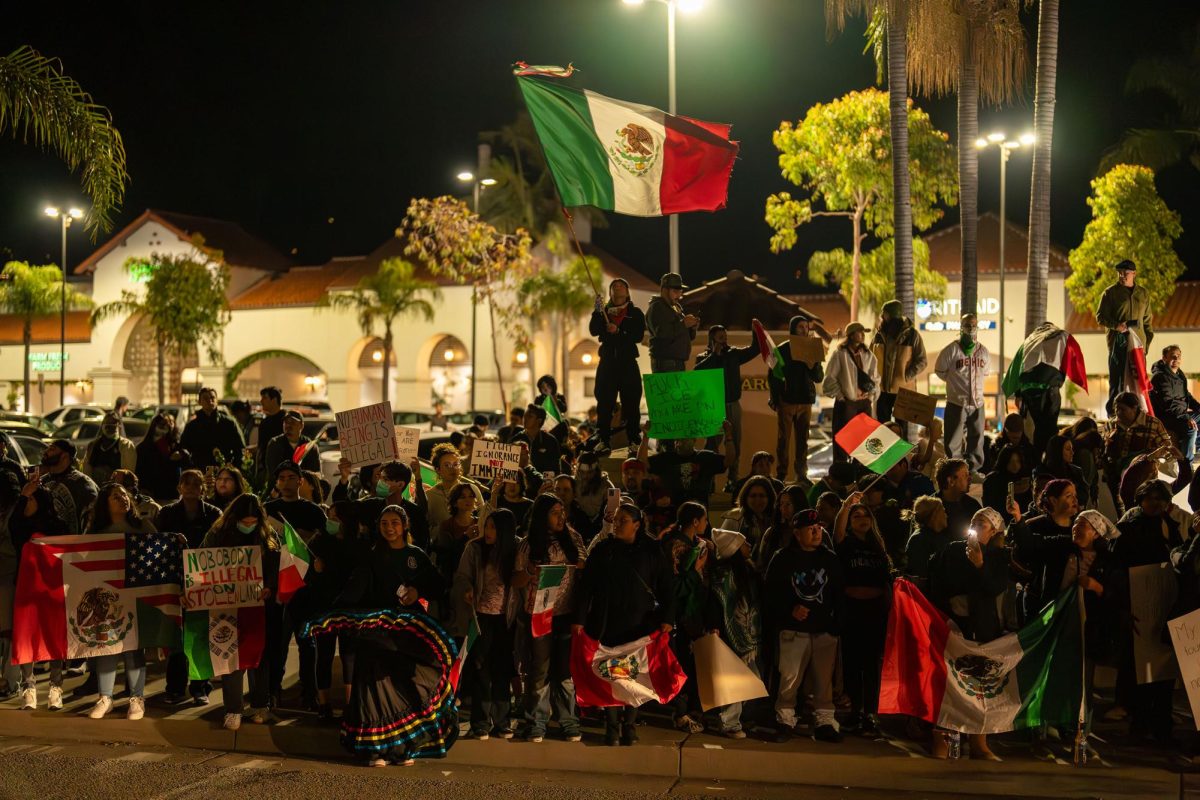Triggered
The bell rings: is it the school bell, or the active shooter alarm?
April 4, 2023
Connecticut, 2012: 26 elementary school children and teachers dead in Sandy Hook Elementary School. The Sandy Hook Elementary School headlines shook the country, the names and faces of children killed in a supposed safe space. This was not the first tragic story of a school shooting, nor was it the last. The tragedy rippled through the media and instigated an urgent wake-up call.
Ten years later, this wake-up call is still ringing. As of 2022, there are more than 2,000 recorded school shootings in the United States, and the statistics continue to increase. This is a crisis in our country, and it needs to be controlled.
During the 2021-2022 school year, school shootings hit an all-time high with at least 193 incidents, resulting in 59 deaths and 138 injuries nationwide, according to Everytown. “It’s really scary that that’s even a possibility, to live in a world where every day your life could be in potential danger… I don’t think anyone’s ever really prepared for that kind of devastation,” says junior Grace Trautwein.
The United States is the unofficial school shooting capital of the world, with 57 times as many school shootings as the other major industrialized nations combined. More than 311,000 children at 331 schools in the U.S. have gone through gun violence since the critical shooting at Columbine High School in 1999, according to The Washington Post.
According to the Centers for Disease Control and Prevention, 4,368 kids under the age of 19 were killed by guns, while 4,000 children killed in motor vehicle crashes in 2020. Kids are more likely to die from a gun than from a vehicle accident.
The first school shooting in which the gunman was a student occurred in 1853 when Joseph Semmes shot his professor at the University of Virginia. The deadliest school shooting in United States history was at Virginia Tech, Blacksburg, in 2007 when student Seung-Hui Cho killed 27 students and five faculty members.
Students Demand Action (SDA) is the student branch of the Everytown Gun Safety organization, Students Demand Action is a branch of Everytown Gun Safety, a fundraising organization. Nationwide, SDA chapters try to educate students and communities about the threat of school shootings and the need for gun control. Laguna’s SDA chapter is lead by Juniors Amelie Dalporto and Grace Trautwein.
Living in the United States, we have become accustomed to the potential danger we face at school, at events, and in communities. It’s hard to imagine how such a devastating event can be normalized, but after so many cases and stories of school shootings, we have become desensitized to it. We hear about people in other cities and states losing their friends, students, siblings, and children, and we see it as an issue targeting strangers, often minority populations according to NPR.
“I feel like a lot of people don’t fully recognize that these things happen until it happens to them. I think by creating awareness, people will hopefully understand it more,” says Amelie.
Often, people falsely link mental illness with school shootings. This creates a presumption that people dealing with mental health should be feared. In reality, “Half of all mass shootings are associated with no red flags—no diagnosed mental illness, no substance use, no history of criminality, nothing,” says the Columbia University Department of Psychiatry. The motives behind shootings are tough to predict or group into a category, which is why it’s even more crucial to limit gun accessibility.
In approximately 74% of gun incidents, the firearm was taken from home or a relative according to Everytown For Gun Safety. “I personally think it’s such a huge responsibility to own something that can kill another human. There should be a few more regulations and safety checks to make sure that they [guns] are going to responsible people,” says Grace.
The Second Amendment of the U.S. Constitution protects the right to bear arms, but our society and need for guns have evolved since then. Back then, firearms referred to weapons like muskets and flintlock pistols for war protection.
In contrast, modern guns are more lethal: an AR-15 was the murder weapon in the Stoneman Douglas High School shooting. The AR-15 was “made for the military, to allow members of the armed forces to better dispatch multiple enemies in short order,” according to NBC. Yet AR-15s are legal to buy in most states.
Extreme Risk Protection Orders, or Red Flag laws, allow law enforcement to remove legal guns from potential shooters or dangerous gun handlers for a short period. A judge can issue this order without criminal records or cases of mental illness. Implementing more laws such as this helps limit the danger of armed individuals.
The U.S. government should protect dangerous weapons and create trials and longer waiting periods to be approved to own a gun legally. According to Giffords Law Center to Prevent Gun Violence, mass shooting fatalities were 70% less likely to occur during 1994-2004 when the Federal Assault Weapons Ban was in order. Early June, President Joe Biden called for a ban of assault weapons, but suggested that the legal age to purchase a gun should be raised to age 21 instead of 18.
Offering “hopes and prayers” to the victims is not enough; we need action. In the aftermath of the Robb Elementary School shooting in Uvalde, Texas, many politicians posted support towards the victims’ families and received backlash for their sympathy without action, because empathy does not save lives.


































